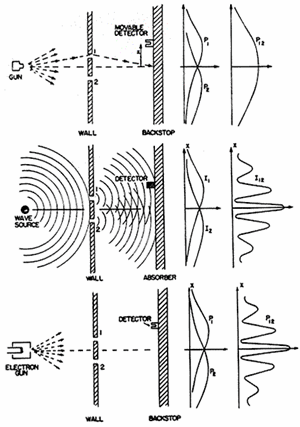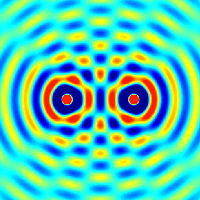 Interference in astronomy has a different perspective compared to the literal definition of the term. This word refers to light, radio or sound waves having differences or interruptions and can be a sign of activity in a certain part of a system, star or galaxy.
Interference in astronomy has a different perspective compared to the literal definition of the term. This word refers to light, radio or sound waves having differences or interruptions and can be a sign of activity in a certain part of a system, star or galaxy.
There are mainly two types of wave interference, which are none other than the constructive and destructive interferences. These types may be similar due to the contact of two waves crossing each other's paths, but they differ in impact based on the activity of the 2 radio waves.
 Constructive Wave Interference is defined as a pair of waves crossing each other and eventually adds up to make a new wave. In this type of case, when the waves come in contact, they add up in terms of amplitude or height of the wave, and the total height is equal to the sum of the wave height.
Constructive Wave Interference is defined as a pair of waves crossing each other and eventually adds up to make a new wave. In this type of case, when the waves come in contact, they add up in terms of amplitude or height of the wave, and the total height is equal to the sum of the wave height.
On the other hand, Destructive Wave Interference is much like the Constructive type that forms a new wave when two waves come into direct contact. However, the difference is that when these two waves come into place, they become 180 degrees out of place, making a positive displacement and resulting in a zero amplitude or height.
